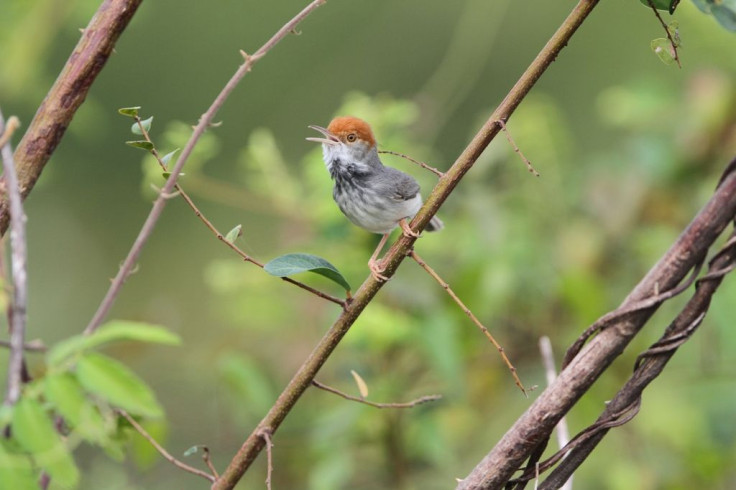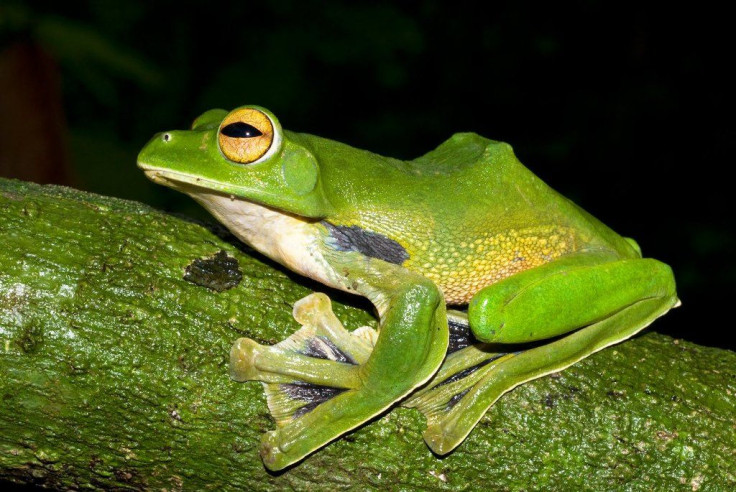Hundreds Of New Species Discovered Over Last 2 Years In Mekong Region, WWF Says On World Environment Day

Scientists discovered more than 300 new species in the Greater Mekong region of southeast Asia between 2012 and 2013, World Wildlife Fund, or WWF, said in a new report released on Thursday to mark World Environment Day, and called on governments to be more proactive in their conservation efforts.
According to the WWF report, titled “Mysterious Mekong,” the newly-found species include a giant flying squirrel, a bright green frog, a rainbow lizard and a small bird. The report highlights 15 species out of the 367 newly discovered ones, including 290 plants, 24 fish, 21 amphibians, 28 reptiles, 3 mammals and one bird.
“The species discoveries affirm the Greater Mekong as one of the world’s richest and most biodiverse regions,” Thomas Gray, manager of WWF-Greater Mekong’s Species Programme, said in a statement. “If we’re to prevent these new species disappearing into extinction, and to keep alive the hope of finding other fascinating creatures in years to come, it’s critical that governments invest in conservation and green growth strategies.”

The Greater Mekong region, through which the Mekong River flows, is home to six countries, including Cambodia, Laos, Myanmar, Thailand, Vietnam and China’s south-western Yunnan province. Since 1997, scientists have identified more than 2,000 -- 2,077 to be exact -- new species in the region.
The Cambodian Tailorbird, one of the newly-found species, was first spotted in 2009 during routine checks for bird flu. Subsequent tests about the bird’s plumage and song, and its genes, helped scientists determine that it is a new species. And in Vietnam’s Cat Ba Island in 2008, scientists spotted a “peculiar-looking bat” for the first time. After catching some of the bats, scientists found that it was a previously unknown species and named it "Griffin’s leaf-nosed bat."

“Its 200 million acres—the combined size of Texas and Arkansas—contain some of the most biologically diverse habitats in the world,” WWF said on its website. “Unprecedented social and economic development in the Greater Mekong makes conservation work here especially urgent and significant. The most pressing threats are hydropower development, climate change, illegal wildlife trade and habitat loss.”
© Copyright IBTimes 2024. All rights reserved.






















